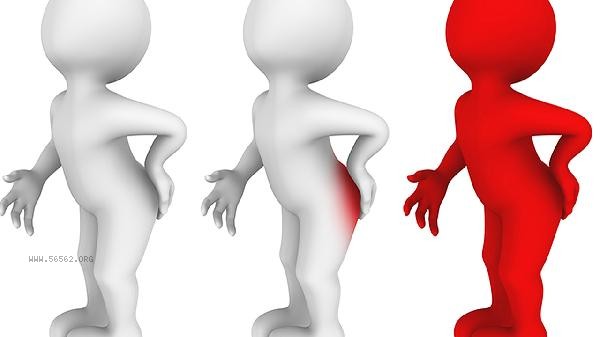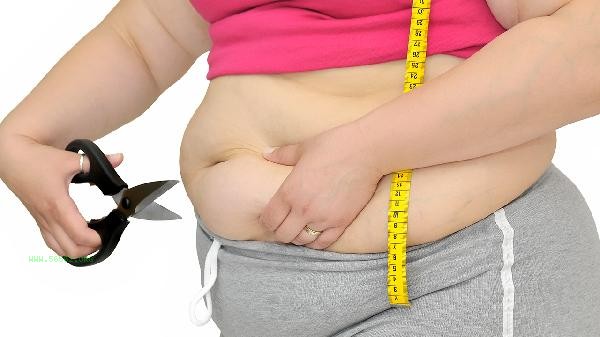The sagging buttocks can be improved by targeted strength training to enhance muscle tightness, mainly targeting the gluteus maximus, gluteus medius, and gluteus medius. Common effective methods include squats, buttock bridges, hard pulls, side lying leg lifts, and lunge squats, which are more effective when combined with protein supplementation and sufficient rest.

1. Squatting
Squatting is a basic movement that activates the gluteal muscles. Stand with your feet shoulder width apart, sit with your hips back until your thighs are parallel to the ground, and make sure your knees do not exceed your toes. Heavy squats can be increased in intensity using dumbbells or barbells. Train 3 times a week, with 4 groups of 12 each. This action can synchronously stimulate the front thigh and core muscle groups, improving the line at the hip leg junction.
2. Hip Bridge
The hip bridge with supine bending and hip lifting directly targets the gluteus maximus muscle, and the single leg variant can increase the difficulty of training. Keep the hips tight for 2 seconds during peak contraction, and control the speed during descent to avoid inertia compensation. It is recommended to do 3 sets of exercises in the morning and evening each day, with 15 sessions per set. This action has less pressure on the lumbar spine and is suitable for postpartum recovery and sedentary individuals.
3. Hard Pull
Romania's hard pull focuses on the gluteus maximus and hamstring muscles, with the knee joint slightly bent and the hip pushed back. The barbell is lowered along the thigh to the hamstring muscles for a stretching sensation. Keep your back straight during training, 5 sets twice a week. This action can improve the contour of the lower edge of the buttocks and prevent visual sagging of the buttocks caused by forward pelvic tilt.

4. Side lying leg lift
Side lying leg lift mainly strengthens the gluteus medius muscle, and toe rotation during leg lift enhances muscle recruitment. Each group has 20 sessions on one side, alternating left and right. This action can fill the depressions on both sides of the buttocks, improve the shaking phenomenon of the buttocks during walking, and make the buttocks more three-dimensional and full.
5. Arrow Step Squat
Alternating Arrow Step Squat stimulates the buttocks deeply by exerting force on one side, with a backward step distance of about two-thirds of the height. When squatting, the front leg knees are at a 90 degree angle. Can hold dumbbells to increase weight, 4 sets 3 times a week each time. Dynamic imbalance training can correct the uneven development of muscles in both buttocks.

Training should gradually increase the load, with manual labor as the main method in the initial stage, and gradually adding elastic bands or lightweight equipment after 2 months. Supplement 20 grams of whey protein after each training session, combined with vitamin C to promote collagen synthesis. Avoid training the same muscle group for two consecutive days, as muscle fibers require a 48 hour repair period. Pay attention to maintaining the correct standing posture in daily life, get up and move around every hour when sitting for a long time, and wear high heels for no more than 4 hours a day. Aerobic exercises such as swimming and climbing stairs can be used as aids, but strength training remains the core means of improving hip sagging.








Comments (0)
Leave a Comment
No comments yet
Be the first to share your thoughts!